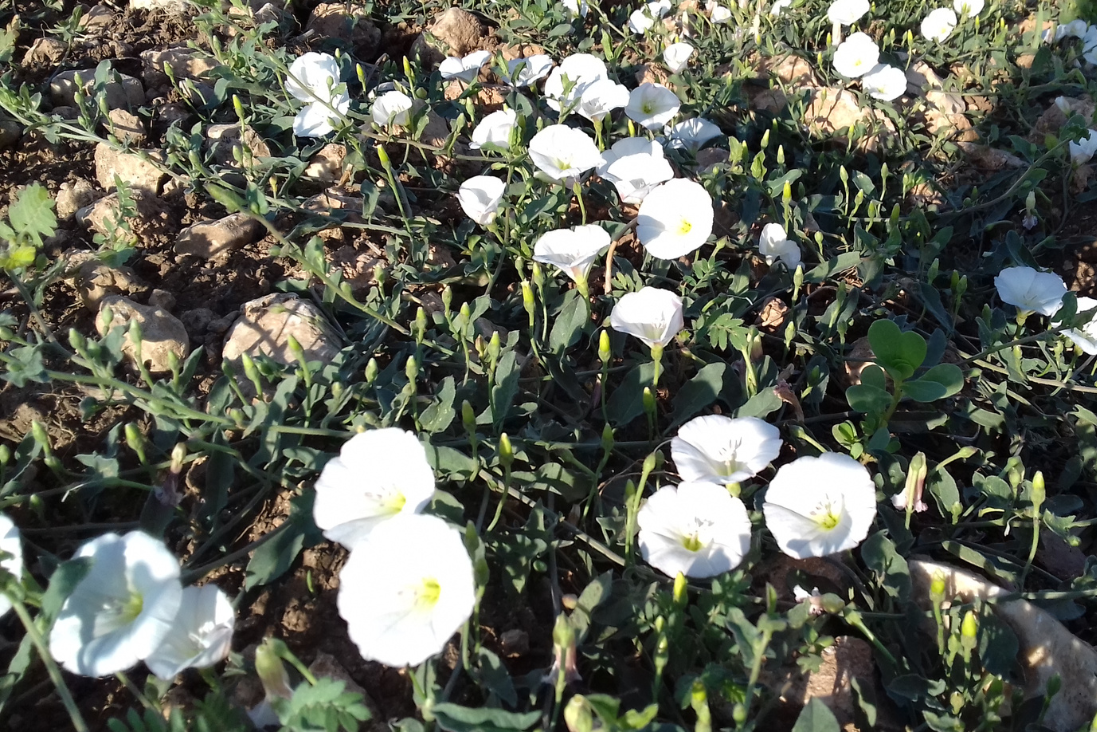What Is Bindweed and Is It Invasive?

Gardening has its share of challenges, and one of the most persistent adversaries you might encounter is bindweed. In my own garden, it has been a relentless invader, popping up in the most inconvenient places. Understanding what it is and how to manage it can make a significant difference in maintaining a healthy garden.
What is Bindweed?
Bindweed, belonging to the Convolvulaceae family, is a perennial vine known for its vigorous growth and tenacity. It’s often mistaken for the ornamental morning glory due to its similar appearance, but don’t let the pretty flowers fool you. Bindweed is a different beast altogether. Its creeping stems can quickly cover and choke out other plants, making it a nuisance in any garden.
The plant typically features slender, twining stems that can grow several feet long. Its leaves are arrow-shaped, and the flowers are usually white or pink, trumpet-shaped, and quite small. While the flowers might look charming, bindweed’s aggressive nature makes it a formidable weed. It reproduces both by seed and through an extensive root system, making eradication a lengthy and challenging process.
One of bindweed’s most problematic characteristics is its root system. The roots can extend deeply into the soil and spread out horizontally, allowing the plant to resprout from tiny root fragments left behind after weeding. This resilience makes it particularly difficult to control once it’s established in your garden.
Is Bindweed Invasive?
Bindweed is not just a garden nuisance; it’s considered an invasive species in many regions. Its invasive nature is due to its ability to spread rapidly and outcompete other plants for resources. Once it takes hold, it can be incredibly challenging to eradicate due to its robust root system and ability to regenerate from small root fragments.
When bindweed invades an area, it can create a dense mat of foliage that smothers other plants, depriving them of light and nutrients. This can lead to reduced biodiversity in your garden as bindweed crowds out native plants and desirable garden species. Its rapid growth can quickly turn a well-maintained garden into a tangled mess, making it a gardener’s worst nightmare.
Managing Bindweed
Dealing with bindweed requires a multifaceted approach, combining mechanical, chemical, and preventive measures. Here are some effective strategies:
Mechanical Control
- Regular Weeding: Consistent and thorough weeding is crucial. Remove as much of the root system as possible to prevent regrowth. This often requires digging deeply and meticulously to get all the root fragments.
- Mulching: Using a thick layer of mulch can help suppress bindweed growth by blocking sunlight, which is essential for the plant’s development. Organic mulches like wood chips or straw can be particularly effective.
- Solarization: Cover affected areas with clear plastic during the hottest part of the year. The trapped heat can kill bindweed roots and seeds in the soil, although this method requires a few weeks to be effective.
Chemical Control
- Herbicides: Selective herbicides can be used to target bindweed without harming other plants. Glyphosate and 2,4-D are commonly used, but repeated applications may be necessary. Always follow the manufacturer’s instructions and consider the impact on surrounding plants and the environment.
- Spot Treatment: To minimize damage to other plants, apply herbicides directly to the bindweed using a brush or sponge. This method ensures that the chemical is only affecting the weed and not your desirable plants.
Preventive Measures
- Barrier Methods: Using landscape fabric or other barriers can help prevent bindweed from emerging. This method works best when combined with mulching and regular monitoring.
- Healthy Soil Management: Maintaining healthy soil with good structure and fertility can help your garden plants outcompete bindweed. Regularly amend your soil with organic matter and ensure proper drainage.
- Cover Crops: Planting cover crops can help suppress bindweed by outcompeting it for resources. Choose fast-growing cover crops that can provide dense ground cover.
Personal Experience
In my garden, bindweed has been a persistent problem. Over the years, I’ve found that a combination of methods works best. Regular weeding is essential, but I also use mulch and occasionally resort to herbicides for particularly stubborn patches. Patience and persistence are key, as it often takes several seasons to significantly reduce bindweed populations.
I’ve also learned (the hard way) the importance of monitoring and quick action. As soon as I spot bindweed, I make it a priority to deal with it before it can spread. This proactive approach has helped me keep it in check and maintain the health of my garden.